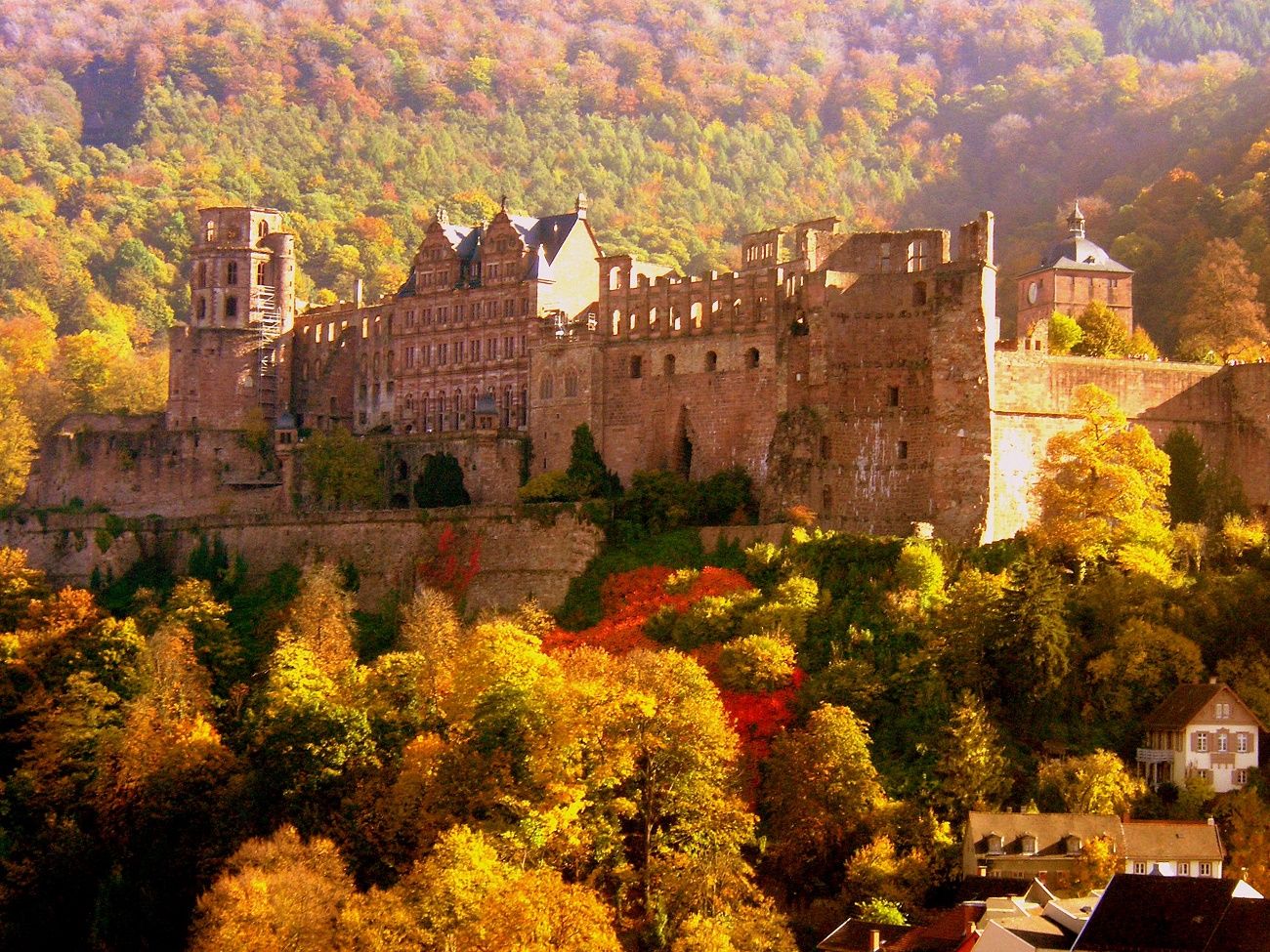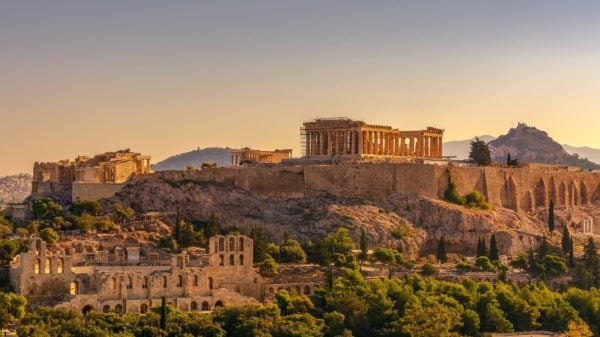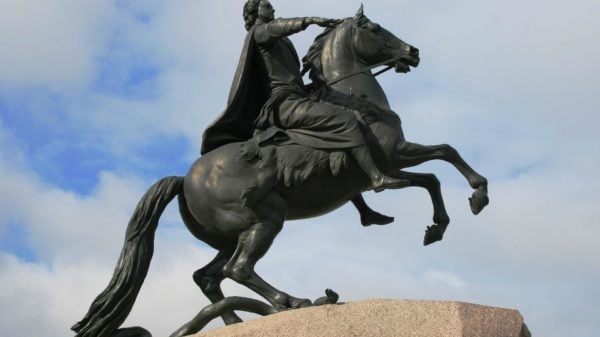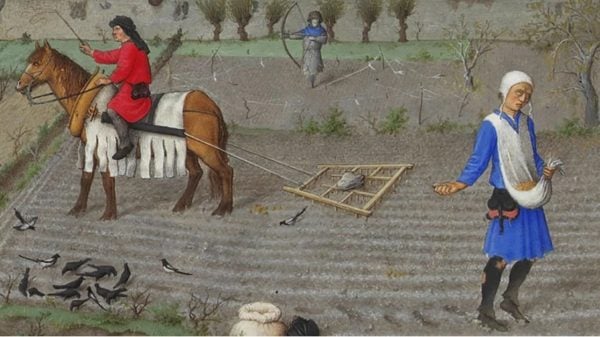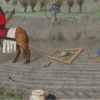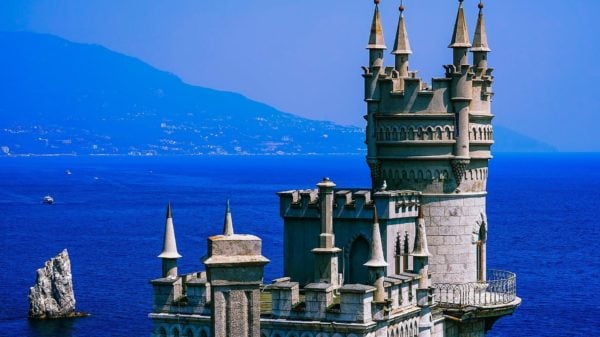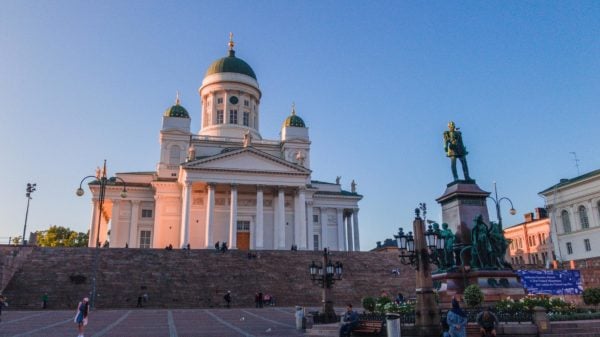If you are a fan of castles and ruins, you will surely want to visit Heidelberg Castle, located in Heidelberg, Germany. The castle was designed in the Gothic and Renaissance Architectural style, which started construction before 1214.
The Early History of Heidelberg Castle
According to historical accounts, the first mention of Heidelberg as a town was in 1196, and the town was known as “Heidelberch” back then. When Conrad of Hohenstaufen was appointed as Count Palatine, the Heidelberg region became known as the Palatine’s Electorate. Historical accounts claimed that Conrad chooses to construct his main residence, known as Jettenbuhl, on the same hill where Heidelberg Castle is now located. However, in 1214, Emperor Friedrich II of Hohenstaufen gifted a castle in Heidelberg to Louis I. It is believed that this castle was the first castle structure of what is now known as Heidelberg Castle.
Historical records revealed that the last time that a single castle in Heidelberg was mentioned was in 1294. The additional castle structures are believed to have been constructed between 1294 to before 1303 since a 1303 document already mentions Heidelberg as having two castles, a lower castle and an upper castle structure.
The Destruction of Heidelberg Castle
Heidelberg Castle has a history filled with destruction and reconstruction. In 1303, historical records revealed that the upper castle structure was destroyed when lightning struck. However, the castle underwent renovations and repairs after Rupert III was crowned King of Germany. Heidelberg Castle continued to expand over the years; however, the expansion differs from one king to another. This is evident by the patchwork of architectural styles of different castle structures.
Heidelberg Castle was not used only for housing royalty. The purpose of the castle’s expansion was to increase its defensive role in protecting the region from any attacks and serving as a military stronghold.
Destruction Due to Wars
The Heidelberg Castle’s defenses were put to the test as the castle was attacked for the first time during the Thirty Years War that lasted from 1618 to 1648 between the Protestants and the Catholics. It was during this war that the castle’s owner, Fredrick V escaped leaving the castle defenseless. The castle was taken over by the Catholic forces in 1622.
In 1688, Castle Heidelberg also took part in the Nine Years War between France and the Grand Alliance, where the Germans were a part. The French won that war and took control of the castle. The French then started to destroy the castle fortifications setting them on fire. The French returned in 1693 to completely demolish the castle into ruins.

The Impressive Heidelberg Castle
Attempts for Reconstruction
After the French forces left, Heidelberg residents put in efforts to restore the castle to its former glory. However, these efforts were in vain since the Electors chose to move their court instead to the adjacent town of Mannheim. The Heidelberg Castle was then left unrepaired. Further destruction of the castle happened in 1764 when the remaining castle structures were again struck by lightning, causing a massive fire to leave the ruins’ castle.
Today, the Heidelberg Castle attracts tourists from all over the world who want to walk on the romantic and historic castle grounds.


